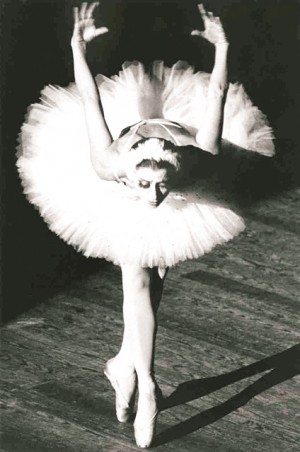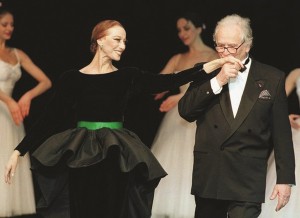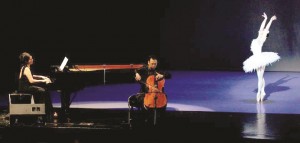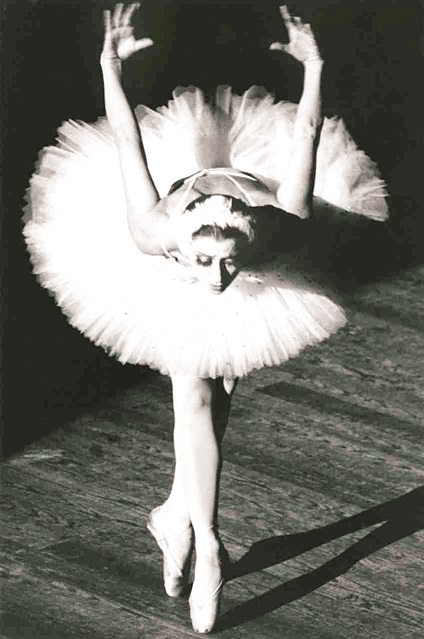
RUSSIAN dance icon Maya Plisetskaya, who died on May 2, defied conventional ideas on the craft. She became a prima ballerina at age 40 and danced lead roles through her late 60s, including one of her last “The Dying Swan” in 1981 at the Cultural Center of the Philippines (CCP).
Clearly one of the greatest ballerinas of the 20th century, Plisetskaya reprised her acclaimed role to great adulation from Filipino audiences. The applause wouldn’t stop, and so she encored the less-than-five-minute piece “The Dying Swan.” The applause seemed to last forever.
One report said the CCP event was a case of a swan dying twice due to overwhelming popular demand.

Prince of Ballet Mikhail Baryshnikov said on his Facebook page that Plisetskaya was “one of the greatest dancers of our time… beautiful and graceful.”
Plisetskaya was last seen on stage during her 75th birthday performance in 2000. She is survived by her husband, composer Rodion Shchedrin.
Miniature masterpiece
The prima ballerina wasn’t just the muse of the ballet world.
Fashion designer Pierre Cardin’s known inspiration was Plisetskaya, and for a good reason. Indeed, few people know that the famous designer made over 30 visits to Moscow during his career just to see Plisetskaya.

We were another fanatic of Plisetskaya’s “The Dying Swan” that we asked Ballet Manila’s Lisa Macuja-Elizalde if she could dance it in one of her swan-song series.
At first she didn’t like the idea, but our constant appeal made her agree. She did the piece in 2012 and 2014 with pianist Cecile Licad and cellists Wilfredo Pasamba and Francisco Llorin, to great audience acclaim.
Macuja-Elizalde noted that “The Dying Swan” was a choreographic masterpiece that only few ballerinas touched.
“You have to be convincing. It is impossible to be convincing at dying when you are very young and haven’t experienced life.”
She added she was attracted to the piece because of the very sad music of Camille Saint-Sëans and the choreographic miniature where the whole story was told in three minutes.
“The attack is very different from ‘Swan Lake,’” she said. “I think it is just hard to be weak and still dance at the same time. It is hard to portray physical weakness when you are doing something so athletic like dancing on your toes. Also, you hardly go off pointe during the entire piece. That can be painful.”

White specter
Macuja added “The Dying Swan” came at the right time of her dancing career: “The idea of doing it later in my dancing life was first mentioned by Natalia Raldugina, my guest ballet mistress from St. Petersburg, late last year. She was the one who suggested I create my version of ‘The Dying Swan’ for concerts. But I hesitated. Then you suggested it to be performed in ‘The Legends & the Classics’ and I thought it was brilliant! Really correct timing and opportunity to combine forces with distinguished artists like Pasamba and Licad.”
Novelist Truman Capote remembered a similar Plisetskaya performance in Moscow, seeing “grown men crying in the aisles and worshiping girls holding crumpled bouquets for her.”
Capote saw her as “a white specter leaping in smooth rainbow arcs” with “a royal head.”
He said of her style that “the secret of the ballerina is to make the audience say, ‘Yes, I believe.’”













































